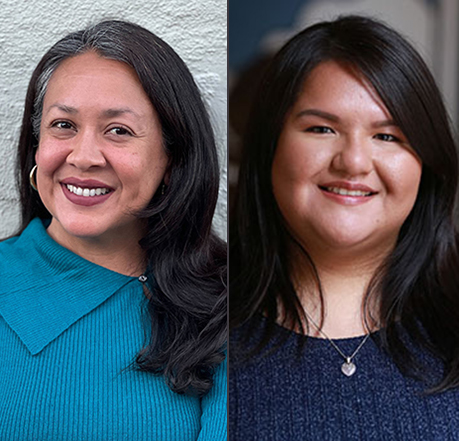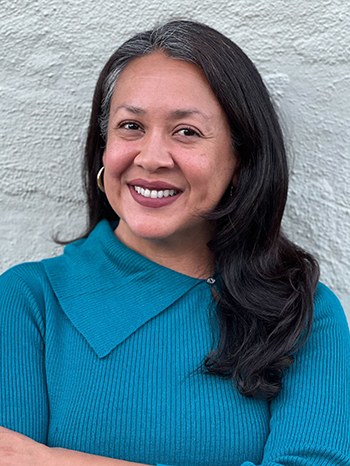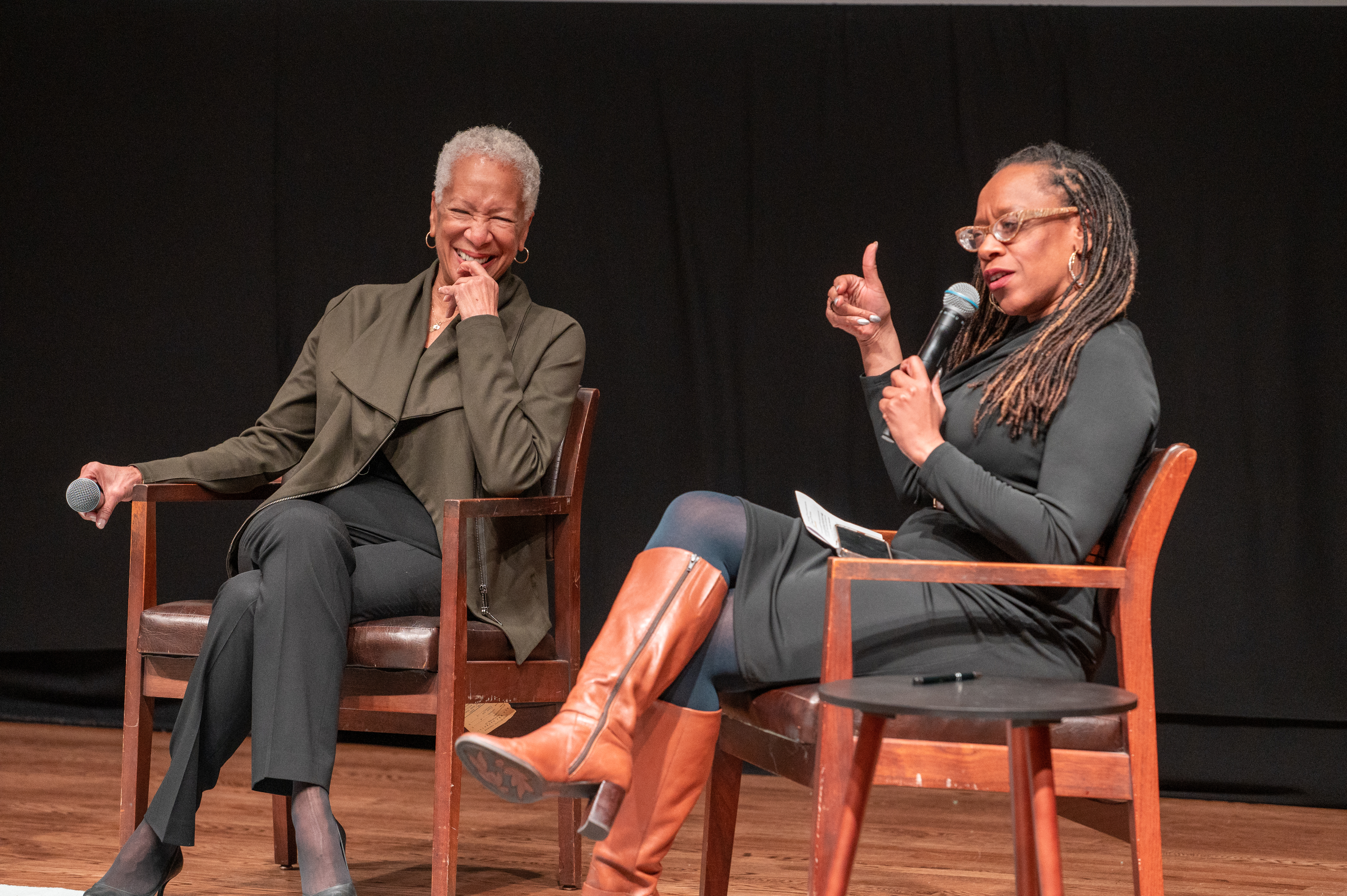What We’re Reading: Healing Justice Edition
Working in racial equity and social justice in the philanthropic sector is challenging because the “personal is political,” and there often feels like no break from our 9-5 roles. We don’t get to take off our skin or the grief we feel in our bodies from the years of oppression of racism that our people have endured. As a BIPOC woman and a gender non-conforming person who work to advance racial equity, healing justice has multiple meanings and layers for us, and for BIPOC communities. We want to acknowledge the differences and be in solidarity with our Black, Brown, and Indigenous siblings who historically dealt with enslavement, genocide, and currently experience oppressions in materially different ways.
Healing justice work feels profound for us as Asian Americans, especially during these times with the COVID-19 pandemic, xenophobia, and rise in anti-Asian attacks, in particular violence against Asian American women, transgender, and gender non-conforming people. Structural racism and violence against Asians in America are not new and has historically been around since the late 1800s. But these histories and contemporary incidents haven’t always been known, taught, or discussed.
Learning from our different ancestral practices and knowledge provides healing from our collective, intergenerational grief and trauma. Using this to heal our individual selves can then help how we show up in our community, our workplaces, and in the social justice movements we are a part of. Both of us seek ways to practice our cultural rituals and explore different modalities to heal holistically and to continue our ancestral lineages. When we heal ourselves, we honor our ancestors and the collective grief we feel. We want to share some examples of what healing justice is and why it’s important for ourselves, our communities, and our society on the personal, interpersonal, institutional, and structural levels. The following items are what we are reading, listening to, and practicing with others on how to sustain our bodies, communities, and social justice movements.
1. “In today’s America, we tend to think of healing as something binary: either we’re broken or we’re healed from that brokenness. But that’s not how healing operates, and it’s almost never how human growth works.” — Resmaa Menakem
Levels of Healing: Individual, Interpersonal, Institutional & Structural, National Equity Project
2. How can we practice and gain skills in healing and accountability in transformative justice and healing justice to create and imagine a new, collective future?
Abolition in Covid Times, Fortification Podcast
3. “Healing justice cannot be prescriptive. Healing practices are unique to each community and organization.”
Healing Justice Guidance to Philanthropy During COVID-19, the Uprisings, and Beyond, Neighborhood Funders Group
4. “Justice and healing can emerge in powerful ways when Indigenous lands are in Indigenous hands.”
The Healing Work of Returning Stolen Lands, Yes Magazine
5. “You can’t solve deep problems with shallow tools.”
Healing-Centered Leadership: A Path to Transformation, Nonprofit Quarterly
6. “Organizers heal others while trying to heal themselves”
Tending our Garden: Reflections on Healing and Accountability, Dragon Fruit Podcast
7. “Pursuing a bridge to thriving.”
Dimensions of Thriving: Learning from Black LGBTQ+/SGL Moments, Spaces, and Practices, Nonprofit Quarterly
8. “Rest is reparations, an act of freedom and willful resistance.”
Rest as a Practice of Resistance and Freedom, National Equity Project






